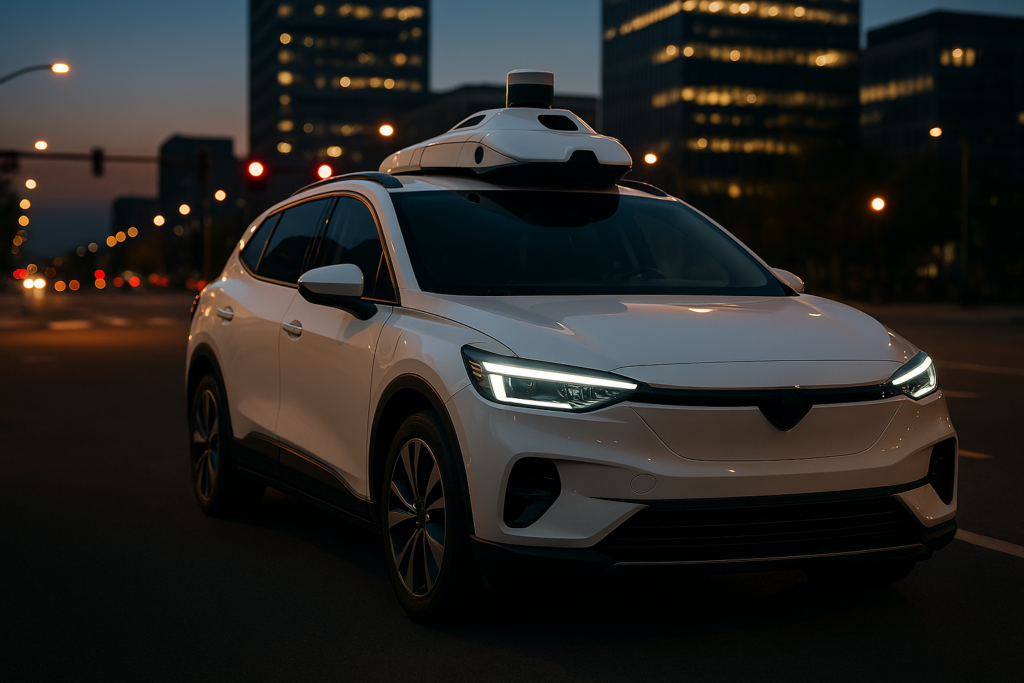In a somewhat unsurprising development, U.S. federal agencies have relaxed specific regulations surrounding self-driving cars, allowing for increased testing of autonomous vehicles, including Tesla’s Cybercabs. Modifying policies marks a transition in how autonomous technologies are being integrated into society, with the government taking steps to streamline testing and support innovation in the rapidly growing sector.
What’s Happening & Why This Matters
The National Highway Traffic Safety Administration (NHTSA) and the Department of Transportation (DoT) have approved increased testing of self-driving vehicles, including those designed for public transportation services, like cyber cabs. Previously, regulations were stricter, focusing primarily on ensuring safety during trials. However, the latest changes offer companies more leeway to conduct real-world tests without as much red tape.
This is a clear win for companies like Waymo, Tesla, and others pushing the boundaries of autonomous vehicle technologies. With the relaxed rules, these firms can scale their trials, improving data collection and technology development. The new regulations target reducing testing barriers and allowing developers to demonstrate their vehicles’ capabilities in a broader range of environments.
impact
These adjustments are expected to drive innovation in autonomous vehicle technology, but also raise some critical questions. First, how will the public react to the increasing presence of self-driving cars, especially in dense urban areas? There is still a significant trust gap to bridge when handing over control of vehicles to machines.
Second, another concern is the potential for job displacement as autonomous vehicles become more mainstream. Many of the transport sector’s workforce depends on driving jobs, from taxi services to long-haul trucking. As cyber cabs begin to operate more widely, there will likely be growing debates about workforce retraining and social impacts.

Furthermore, regulators will continue to evaluate the safety of these autonomous vehicles. While testing will accelerate, it will be crucial to ensure that Cybercabs meet rigorous safety standards before being extensively used.
As the race to perfect self-driving cars drives on, companies focus on public education, transparency, and safety to gain consumer trust. The regulation shift paves the way for more testing and advancements in autonomous vehicle technology. However, the road to full-scale deployment will still require careful consideration of potential risks, including cybersecurity and data privacy.
Future developments will focus on creating more robust safety protocols, ensuring autonomous vehicles can interact safely with human drivers and pedestrians. Additionally, as more cities and states update their laws, we can expect to see a broader integration of Cybercabs into everyday life. However, this must be handled carefully, balancing innovation with responsible regulation.
TF Summary: What’s Next
With self-driving regulations easing and cyber cab testing ramping up, the future of autonomous vehicles is closer than ever. While this is an exciting step for the industry, it is equally crucial for regulators, companies, and society to work together to address the challenges of the widespread adoption of autonomous technologies.
— Text-to-Speech (TTS) provided by gspeech.


